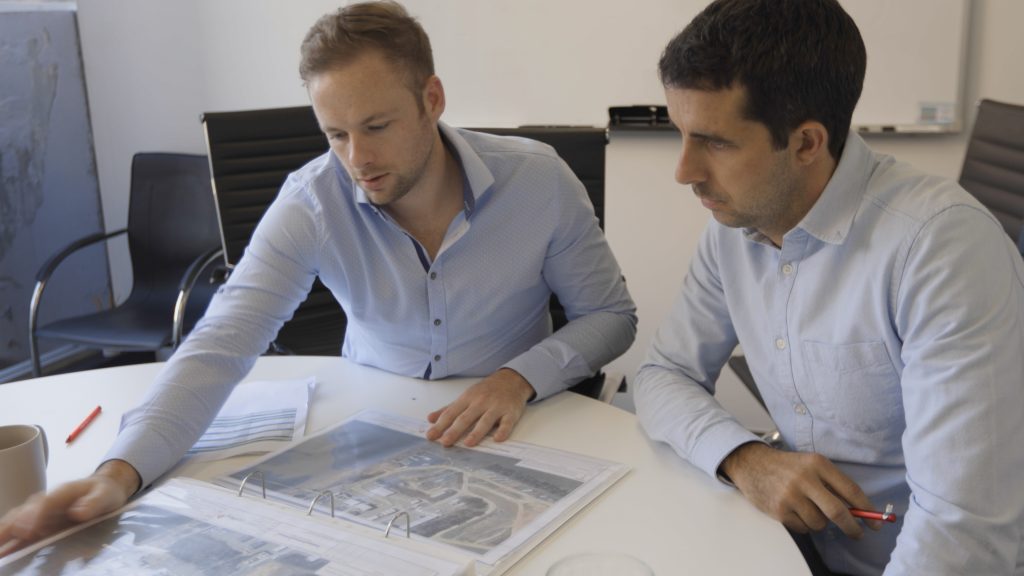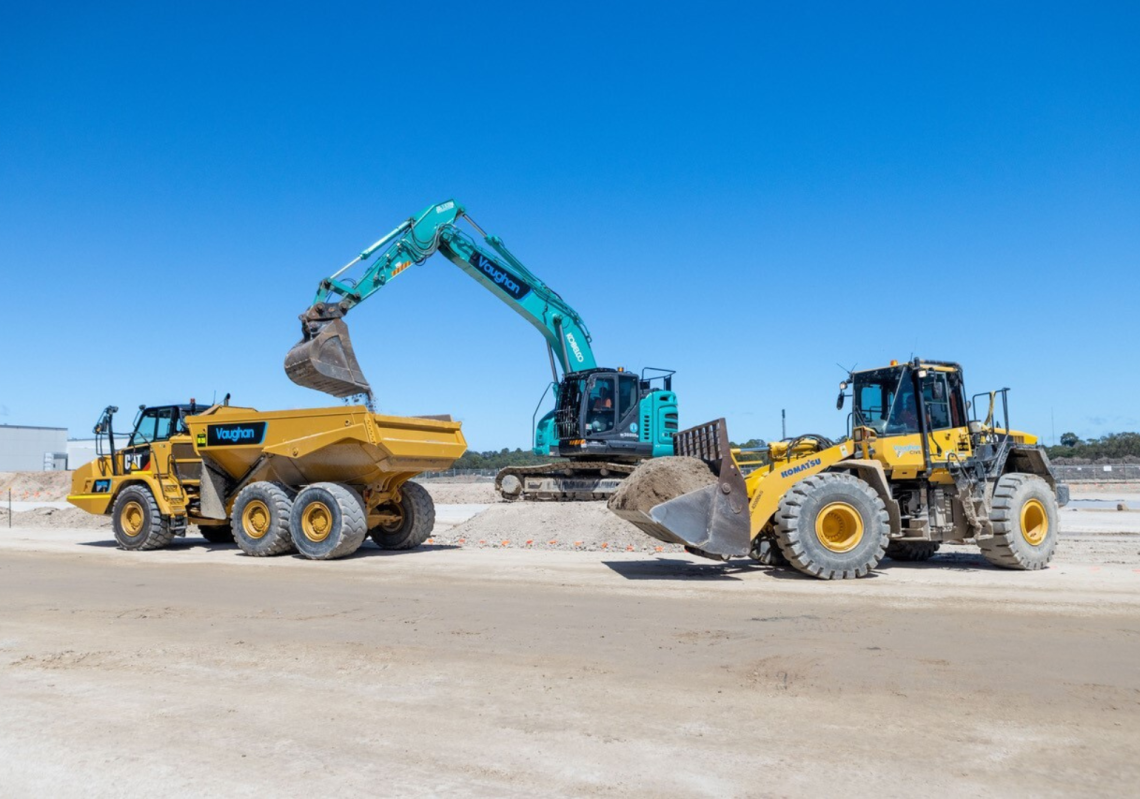The growing popularity of design and construct in the Australian infrastructure sector has been one of the biggest recent trends, particularly among tier two and three contractors.
Employing a single company to oversee every stage of a project is now the dominant approach for large-scale developments as clients increasingly see the many benefits it brings.
For Joe Barrett, National Business Development Manager at civil and utility infrastructure specialists Vaughan Civil, the shift towards a design and construct approach is no surprise.
“In infrastructure projects, integrating design and construction under a single contract can offer unparalleled consistency and efficiency,” he said.
“This unified approach ensures seamless communication and a cohesive vision from conception to completion. However, we also recognise and value the diverse expertise of different partners in projects where design and construction are distinct stages.
“Whether working under a D&C model or in collaboration with specialised design firms, our commitment to transparency and coordinated effort remains paramount in delivering quality results. Even a minor miscommunication or oversight can have very costly knock-on effects.”
Since its inception in 2011, Vaughan Civil has grown rapidly under the leadership of Founder and Managing Director Joe Vaughan and now operates from eight strategic locations along Australia’s eastern seaboard.
It offers comprehensive solutions – from initial planning right through to completion – across road and rail, pipelines, water and sewage works, and electrical and gas substations.
End-to-end visibility
Barrett has witnessed firsthand the problems that arise when design and construction are organised independently or if stakeholders use multiple software platforms.
Vaughan Civil uses Bluebeam’s collaborative end-to-end platform Revu to ensure contributors in any location can simultaneously review and amend PDFs with searchable mark-ups and annotations throughout a project’s lifetime.
“The platform enables seamless collaboration among team members, whether they’re in the office or on-site,” Barrett said. It’s eliminated many common challenges associated with traditional project management by ensuring everyone can review and update project documents in real time.
“This level of synchronisation has been instrumental in streamlining operations and aligning all stakeholders towards common project goals, thus facilitating successful outcomes and enhancing client satisfaction.”
Engineering teams at Vaughan Civil use Bluebeam across numerous applications as the design and construct process is immensely sophisticated, often with hundreds of participants and data sources.
Using Bluebeam has been transformational across the business in a number of ways:
- Streamlining Design
Implementing Bluebeam software has centralised project documentation, ensuring accuracy and uniformity, and reducing the risk of errors.
- Enhanced Collaboration
Under General Manager Adrian Reynolds, Vaughan Civil has fostered a culture of effective communication, leveraging Bluebeam to connect engineers, construction teams, architects, and designers, leading to smoother project executions and more innovative solutions.
- Workflow Management
Bluebeam has been indispensable in managing complex design flows and handling critical documents to maintain a controlled information flow and streamlined project timelines.
- Client Communication
The platform has changed how Vaughan Civil communicates with clients as clear, comprehensible design ideas and updates are more straightforward, improving client engagement and trust.

Enhancing operations
“Bluebeam is a like-minded partner and at the heart of our success in D&C,” Barrett said. “Together, we navigate challenges, embrace innovation and harness technology to create construction experiences that exceed expectations. It’s been instrumental in simplifying operations and enhancing productivity.”
A recent example is the Concentric Neutral Solid Aluminium Conductor, or CONSAC, replacement project at Illawong, which Vaughan Civil oversaw for AusGrid. The highly complex scheme involved installing 20 km of cable and conduits, but it ran smoothly because one company designed and built it.
The same was true for the Western Sydney Airport secondary gas main and numerous other recently completed developments.
“These complex projects were managed with precision and expertise, showcasing the effectiveness of a unified design and construct model under a standardised platform,” Reynolds said. “With Bluebeam as a pivotal tool in our D&C operations, we ensured a streamlined process with high visibility and accountability, leading to exceptional outcomes.”
For each project, a standardised platform with a controlled flow of information was essential. The right collaboration tools meant a clear, defined scope with everyone having access to the most up to date information.
“We’re solidifying our reputation as an innovator in D&C through our commitment to cutting-edge tools like Bluebeam Revu and a forward-thinking dedication to innovation, operational excellence, and unwavering client satisfaction,” Barrett said.
“As we continue to grow and evolve, our focus will remains on delivering top-tier services, fostering sustainable practices, and contributing positively to Australia’s infrastructure landscape.”




